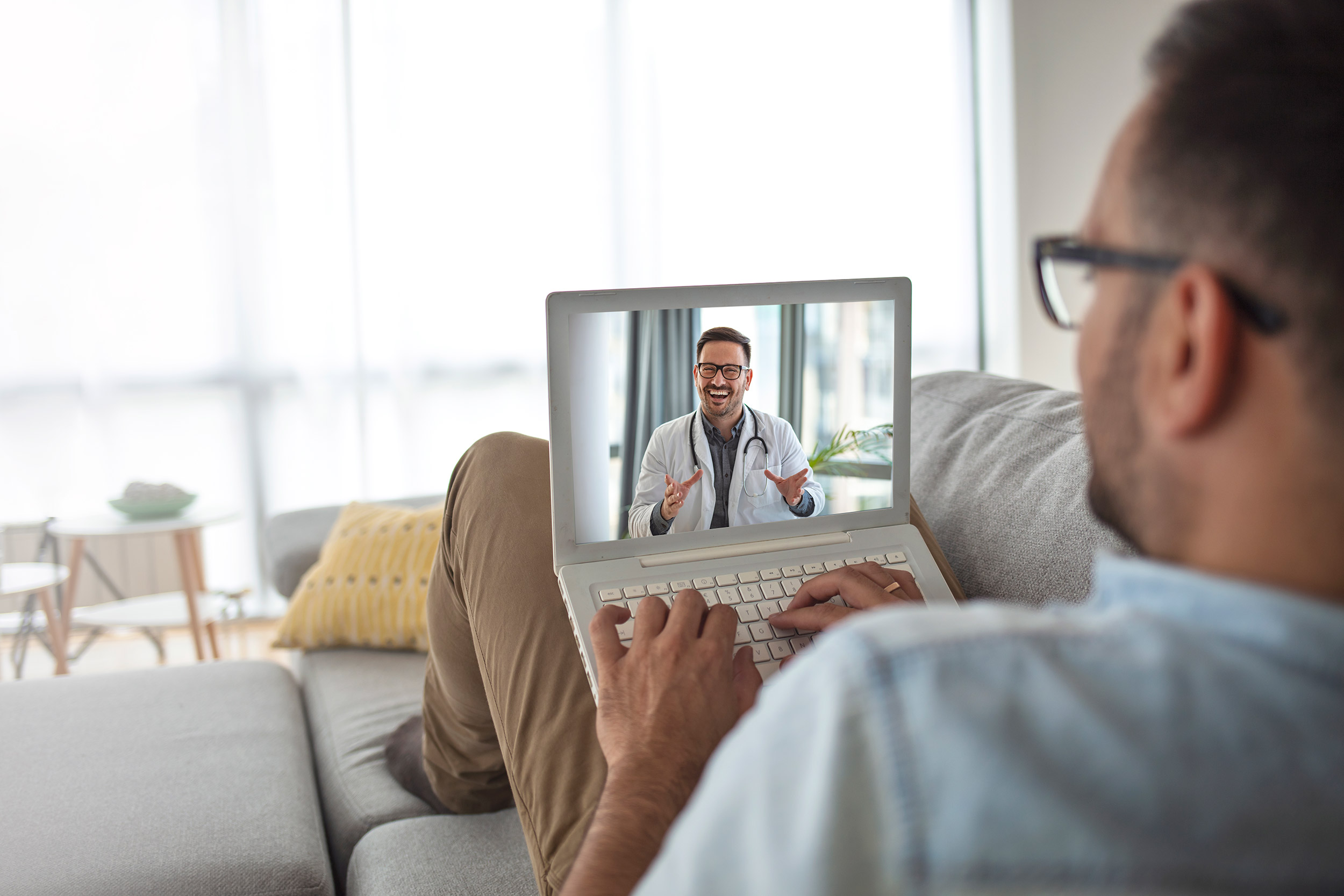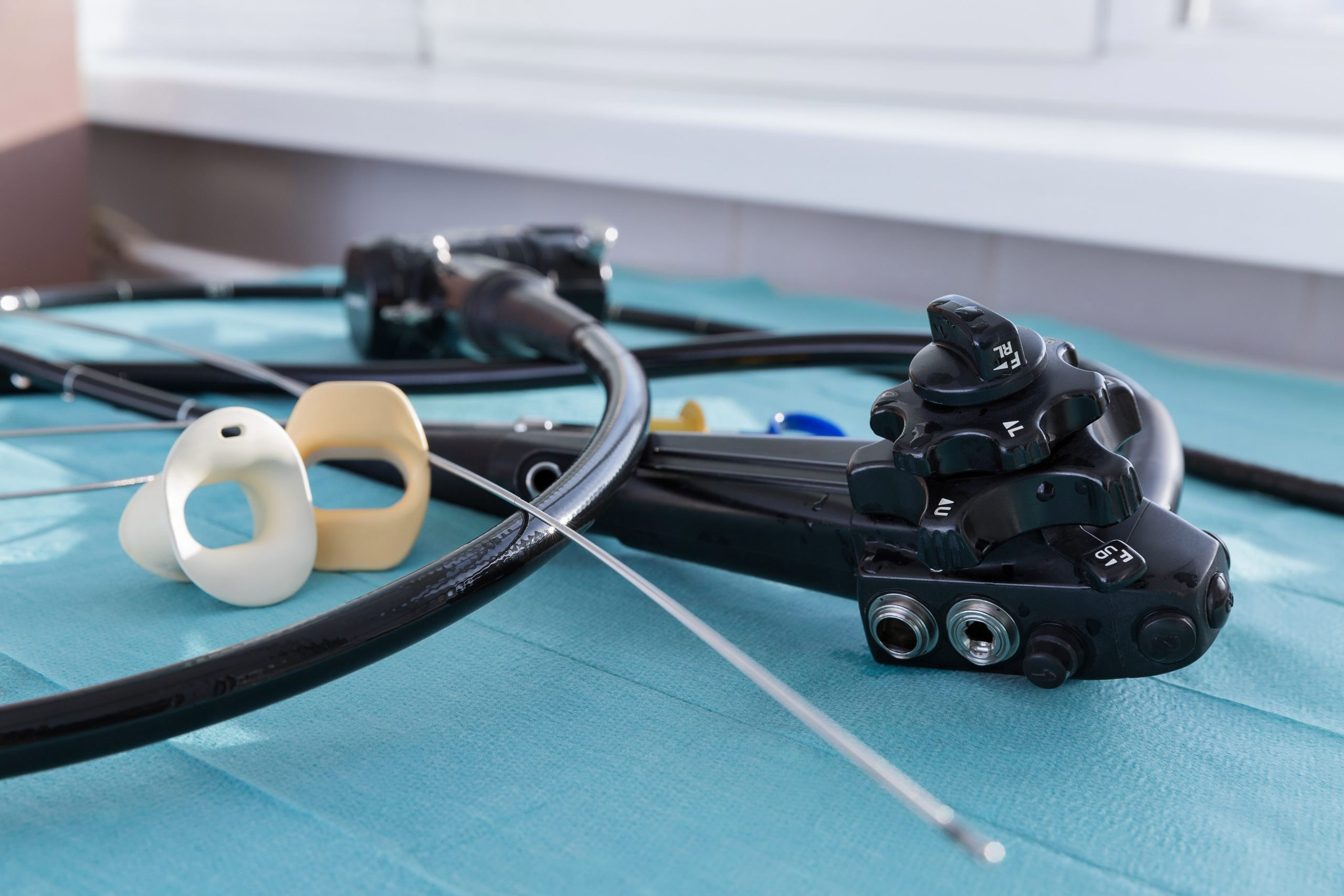
A study out of the urology department at the University of Virginia School of Medicine concludes that rapid telemedicine implementation is both feasible and well received by patients.
The authors shared their findings in The Journal of Urology from data collected in April 2020. The study was conducted to describe and assess patients’ experience with video visits and identify the factors leading to their failures. A secondary goal was to analyze patient willingness to participate in virtual visits.
The video visit success rate was 67 percent for the 209 patients in the study. That rate meant the visit was completed satisfactorily as assessed by the provider.
“Our most notable finding is that a high percentage of our patient population was willing to accept video visits, suggesting that integration of this technology is desired by our patients,” the authors write.
“The present challenges related to COVID-19 have produced great momentum to facilitate and optimize the conversion of in-person urology clinic visits to remote video visits,” the authors write.
They add that “despite the rural setting of our institution,” 81 percent of patients accepted replacing an in-person visit with video, including 87 percent of those with internet access.
The reasons for failed video visits varied from no shows to not connecting to the platform to audio issues and lack of an available interpreter. Forty-six percent of unsuccessful video visits were completed as phone visits, but still counted against the success rate.
Data collected from every visit included outcome (success vs. failure), platform used, visit duration and technical difficulties encountered. The successful video visits resulted in further testing ordered for 38.6 percent of patients, prescriptions started or changed for 27.1 percent, procedures scheduled for 10.7 percent and surgery scheduled for 11.3 percent.
The median visit duration was 20 minutes. Researchers found similar age and other characteristics among those with successful and unsuccessful visits.
The authors identified two “modifiable areas of improvement”: More stringent screening to confirm that patients have access to internet and video, and more thorough teaching of video technology once an appointment is scheduled.
“Our experience suggests great potential for integration of tele-urology beyond this specific time period,” the authors write. “Additional patient and practitioner benefits are associated with the adoption of telemedicine, including reduced cost of transportation and faster initiation of treatment.”


